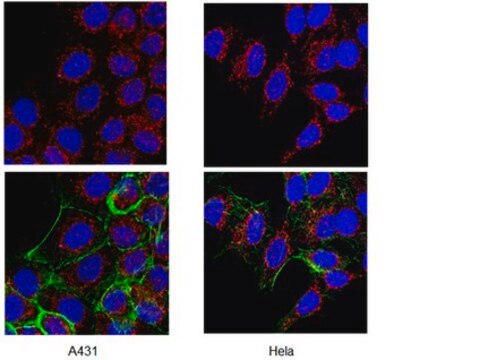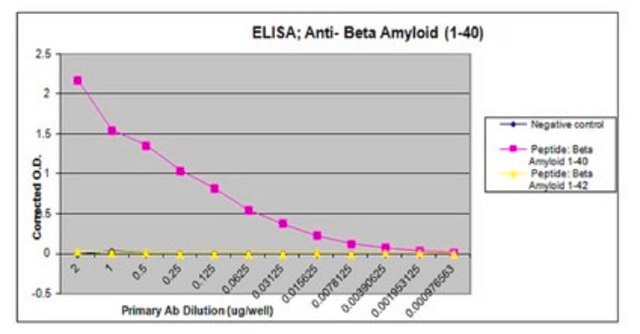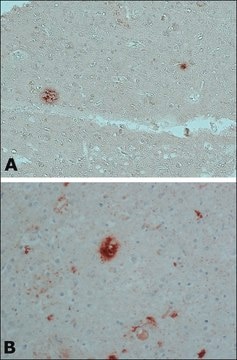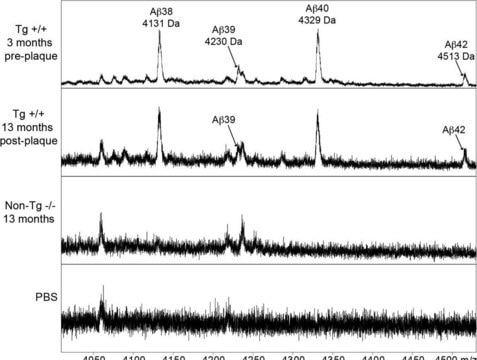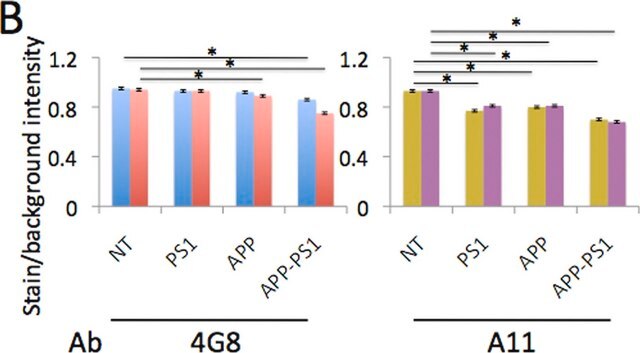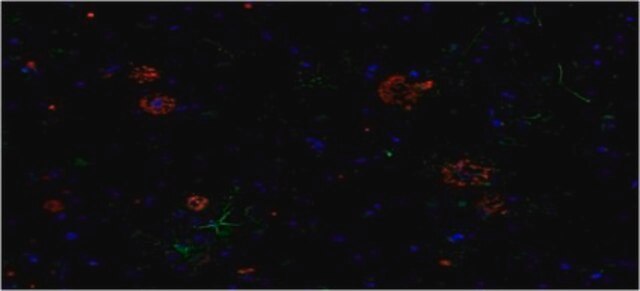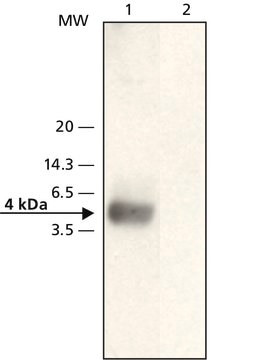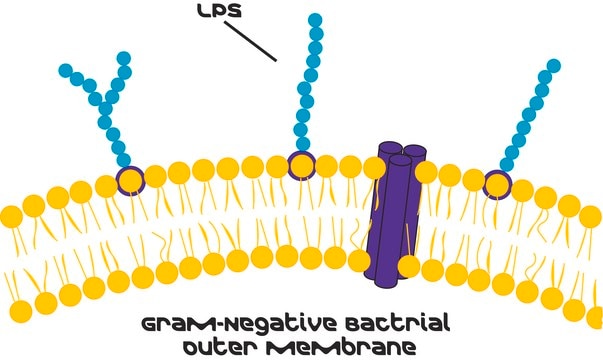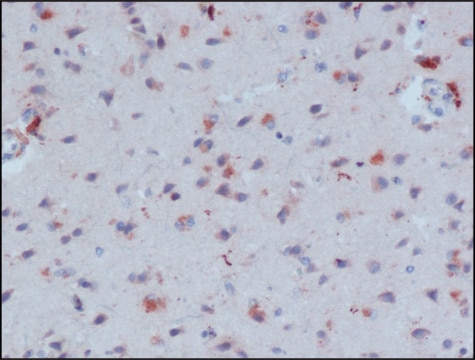AB5078P
Anti-Beta-Amyloid 1-42 Antibody
Chemicon®, from rabbit
Synonym(s):
Anti-AAA, Anti-ABETA, Anti-ABPP, Anti-AD1, Anti-APPI, Anti-CTFgamma, Anti-CVAP, Anti-PN-II, Anti-PN2, Anti-alpha-sAPP, Anti-preA4
About This Item
Recommended Products
biological source
rabbit
Quality Level
antibody form
affinity purified immunoglobulin
antibody product type
primary antibodies
clone
polyclonal
purified by
affinity chromatography
species reactivity
chicken, mouse, human
manufacturer/tradename
Chemicon®
technique(s)
ELISA: suitable
immunohistochemistry (formalin-fixed, paraffin-embedded sections): suitable
western blot: suitable
NCBI accession no.
UniProt accession no.
shipped in
wet ice
target post-translational modification
unmodified
Gene Information
human ... APP(351)
General description
Specificity
One of the most important and initial steps which causes loss of memory and cognition in Alzheimer’s Disease (AD) involves proteolytic cleavage of amyloid precursor protein (APP, chromosome 21) releasing short 40, 42 & 43 amino acid peptides (beta amyloid 1-40, 1-42 and 1-43). Polymerization of beta-amyloid and subsequent neuronal deposit (amyloid) leads to the degeneration of neurons involved in memory and cognition.
Immunogen
Application
Western Blot:
1-10 µg/mL of a previous lot was used. (Chemiluminescence technique).
ELISA:
1:10,000-1:100,000 of a previous lot was used using 50-100 ng immunogen peptide/well.
Optimal working dilutions must be determined by the end user.
Neuroscience
Neurodegenerative Diseases
Quality
Immunohistochemistry (Paraffin) Analysis:
Beta-Amyloid (cat. # AB5078P) staining on Alzheimer’s Disease-Brain. Tissue pretreated with Citrate, pH 6.0. The antibody was diluted to 1:35, using IHC-Select Detection with HRP-DAB. Immunoreactivity is seen as staining on plaque deposits (brown) or as cerebral vascular amyloid deposition in the walls of blood vessels (brown).
Physical form
Storage and Stability
Analysis Note
Alzheimer′s disease brain tissue, whole tissue extracts from mouse brain. C03-801.
Other Notes
Legal Information
Disclaimer
Still not finding the right product?
Give our Product Selector Tool a try.
Storage Class
12 - Non Combustible Liquids
wgk_germany
WGK 2
flash_point_f
Not applicable
flash_point_c
Not applicable
Certificates of Analysis (COA)
Search for Certificates of Analysis (COA) by entering the products Lot/Batch Number. Lot and Batch Numbers can be found on a product’s label following the words ‘Lot’ or ‘Batch’.
Already Own This Product?
Find documentation for the products that you have recently purchased in the Document Library.
Customers Also Viewed
Our team of scientists has experience in all areas of research including Life Science, Material Science, Chemical Synthesis, Chromatography, Analytical and many others.
Contact Technical Service

